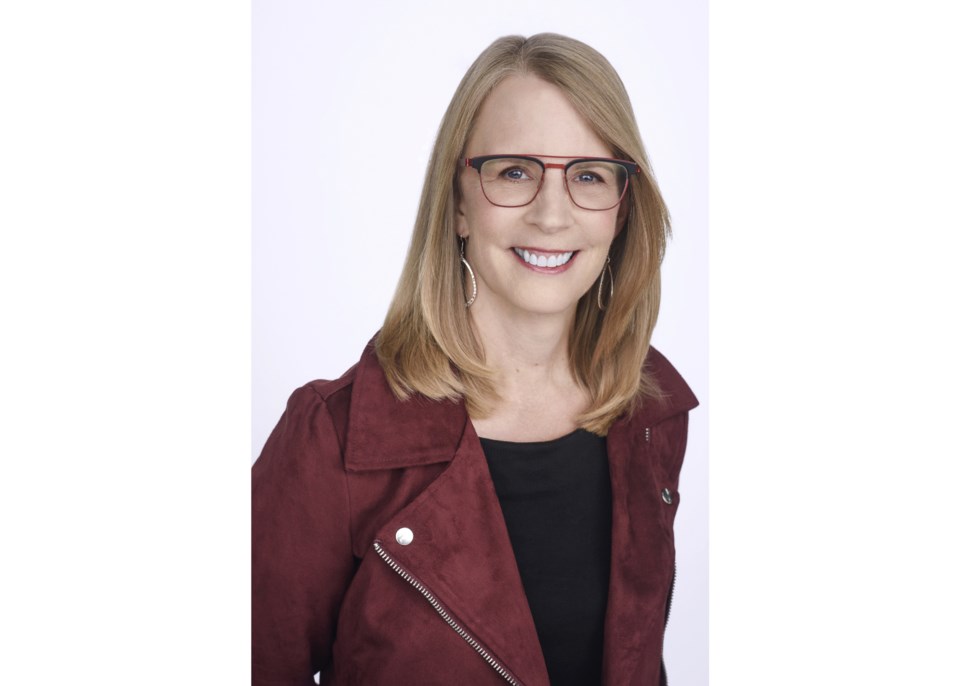At some point, most older people will need help getting through the day. Someone turning 65 today has a 70% chance of eventually requiring assistance with basic living activities, such as bathing, dressing and using the toilet, according to the U.S. Department of Health and Human Services.
That’s the grim reality. Even grimmer is that Medicare typically doesn’t pay for such help. Plus, families often don’t try to figure out how to provide this care until there is a health crisis, which can lead to unnecessary stress, conflicts and escalating costs, says certified financial planner and physician Carolyn McClanahan of Life Planning Partners in Jacksonville, Florida.
Making a care plan well in advance allows families to get organized, locate appropriate resources and figure out ways to pay for care before a crisis hits.
“A care plan is thinking through the logistics of what you’re going to need as you age, so that when the poop hits the fan with aging, then you are prepared,” McClanahan says.
DEAL WITH DENIAL FIRST
The biggest barrier can be our own wishful thinking, says Katy Butler, author of the books “The Art of Dying Well” and “Knocking on Heaven’s Door.” We want to picture a perfectly healthy life followed, if absolutely necessary, by a quick and painless death.
The reality may be quite different, and that can be awful to contemplate, Butler acknowledges.
One way to cope is to plan for temporary rather than permanent disability. For example, what kind of help might you or your loved one need after a hip or knee replacement? How well is the home set up for recovery? Who would help with household tasks? Contemplating a two- or three-month disability with an eventual return to health is less daunting, but involves much of the same planning as a more lasting decline, says Butler, who lives in Mill Valley, California.
“I think that really would help people visualize without terrifying them,” Butler says.
THINK ABOUT WHERE YOU’LL GET CARE
Many people want to remain in their current homes as they age, something called “aging in place.” That typically means relying on family members for care, or using paid workers, or both.
If family members will be tapped, discuss the logistics, including whether and how much they will be paid. If home health aides will be hired, consider who will supervise the process.
Costs can mount quickly. Nationally, a full-time home health aide costs an average of $5,148 a month, according to long-term care insurer Genworth. (You can use Genworth’s cost of care calculator to estimate costs in your area.)
EXPLORE WAYS TO COVER COSTS
Are there savings that can be tapped? Does the older person have long-term care insurance or can they get a reverse mortgage? Will other family members chip in? Does the older person qualify for government help, such as veterans benefits, Medicaid or state programs? Benefitscheckup.org, a site run by the nonprofit National Council on Aging, can help you search for resources that help people age in place. Families may want to consult an elder law attorney for personalized advice. (You can get a referral from the National Academy of Elder Law Attorneys at www.naela.org.)
Also consider whether the current home is “aging friendly,” McClanahan says. An occupational therapist can suggest adaptations that could allow the older person to remain in the home if they’re disabled. Some changes might be simple, such as removing throw rugs that could cause falls, while others — like widening doorways or constructing a walk-in shower — might be part of a larger remodel. The sooner you get this evaluation, the more time you will have to plan and pay for it, McClanahan says.
“I recommend everybody do this when they hit their 50s if they’re planning on staying in their home,” she says.
CONSIDER THE COMMUNITY
Even if the home supports aging in place, the neighborhood might not, Butler says. Consider how the older person will socialize, get groceries and make it to health appointments if they can no longer drive.
An independent living or senior living facility could provide more amenities, but these typically don’t provide long-term care, Butler says. Is the older person OK with moving again later, or should they start with an assisted living or continuing care facility that can provide more help?
Once you have a plan, write down the details and consider sharing it with family members or other people who may be involved, McClanahan suggests. Revisit the document periodically as circumstances change.
“Aging planning is not a one and done thing. It’s an ongoing process,” she says.
__________________________
This column was provided to The Associated Press by the personal finance website NerdWallet. Liz Weston is a columnist at NerdWallet, a certified financial planner and author of “Your Credit Score.” Email: [email protected]. Twitter: @lizweston.
RELATED LINK:
NerdWallet: What If You Can’t Afford Long-Term Care?
https://bit.ly/nerdwallet-afford-long-term-care
METHODOLOGY
From June through November 2021, CareScout, a Genworth company, contacted 67,742 providers by phone to complete 14,698 surveys of nursing homes, assisted living facilities, adult day health facilities and home care providers. Potential respondents were selected randomly from the CareScout nationwide database of providers in each category of long-term care services. Survey respondents represent all 50 states and the District of Columbia.
Liz Weston Of Nerdwallet, The Associated Press




